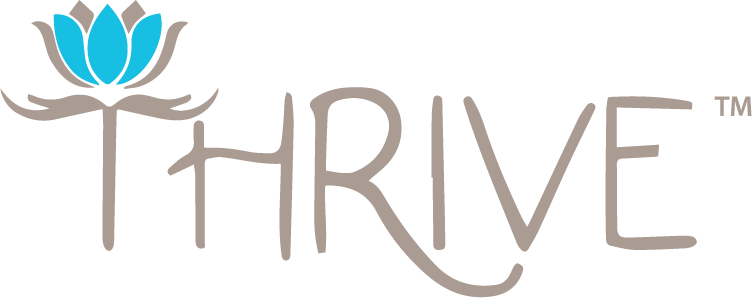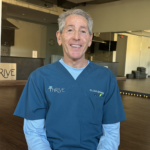
Building Better Bones: Understanding Osteoporosis and the Science Behind Strong Bones
The Silent Epidemic of Bone Loss
Osteoporosis affects over 10 million Americans, and another 44 million are at risk due to declining bone density. Women account for more than 80% of those affected, primarily due to hormonal changes during menopause.
Every year, this disease causes 2 million fractures and costs the U.S. nearly $19 billion. But the true impact is personal: fractures, reduced mobility, and diminished quality of life.
Motivation: The Osteoporosis Solution: Integrating Eastern & Western MedicineBone Is Alive and Always Changing
Contrary to popular belief, bone is not a rigid structure; it’s a living, vascular, and dynamic tissue that constantly breaks down and rebuilds itself. Think of it like a financial portfolio: what you invest in during your early years pays dividends later in life.
After your mid-20s, bone mass peaks and then plateaus. Without consistent deposits through movement, nutrients, and hormone balance, the balance shifts toward loss.
Your Bone Remodeling Crew
Inside every bone is a construction team working 24/7:
- Osteoblasts: build new bone
- Osteoclasts: break down old bone
- Osteocytes: the “project managers” directing both crews
This ongoing remodeling keeps bones resilient and adaptable, but it’s also why chronic stress, nutrient deficiencies, and hormonal changes can tip the scales toward loss.
Hormones and Stress: The Hidden Drivers
Hormones have a major influence on bone metabolism:
- Estrogen and testosterone play a protective role in bone health. When estrogen drops during menopause, bone resorption accelerates for 5–8 years.
- Cortisol, the stress hormone, breaks down both bone and muscle when chronically elevated.
- Thyroid hormones regulate bone turnover; both too high and too low can lead to loss.
This is why we look beyond bone density alone. At Thrive, we evaluate hormonal balance, inflammation, and lifestyle as interconnected systems.
Learn More: Upcoming Class on OsteoporosisInflammation, Gut Health, and Bone Loss
Inflammation is one of the most under-recognized contributors to osteoporosis.
Anything that stimulates the immune system, such as infections, dysbiosis, a poor diet, and autoimmune disorders, activates osteoclasts, leading to accelerated breakdown.
At Thrive, we often test markers like hs-CRP (inflammation), homocysteine, and gut health panels to uncover underlying contributors to bone loss that traditional care may overlook.
The Takeaway
Strong bones start with understanding how your body maintains them.
By addressing hormonal, inflammatory, and lifestyle factors early, bone loss becomes preventable and even reversible.



